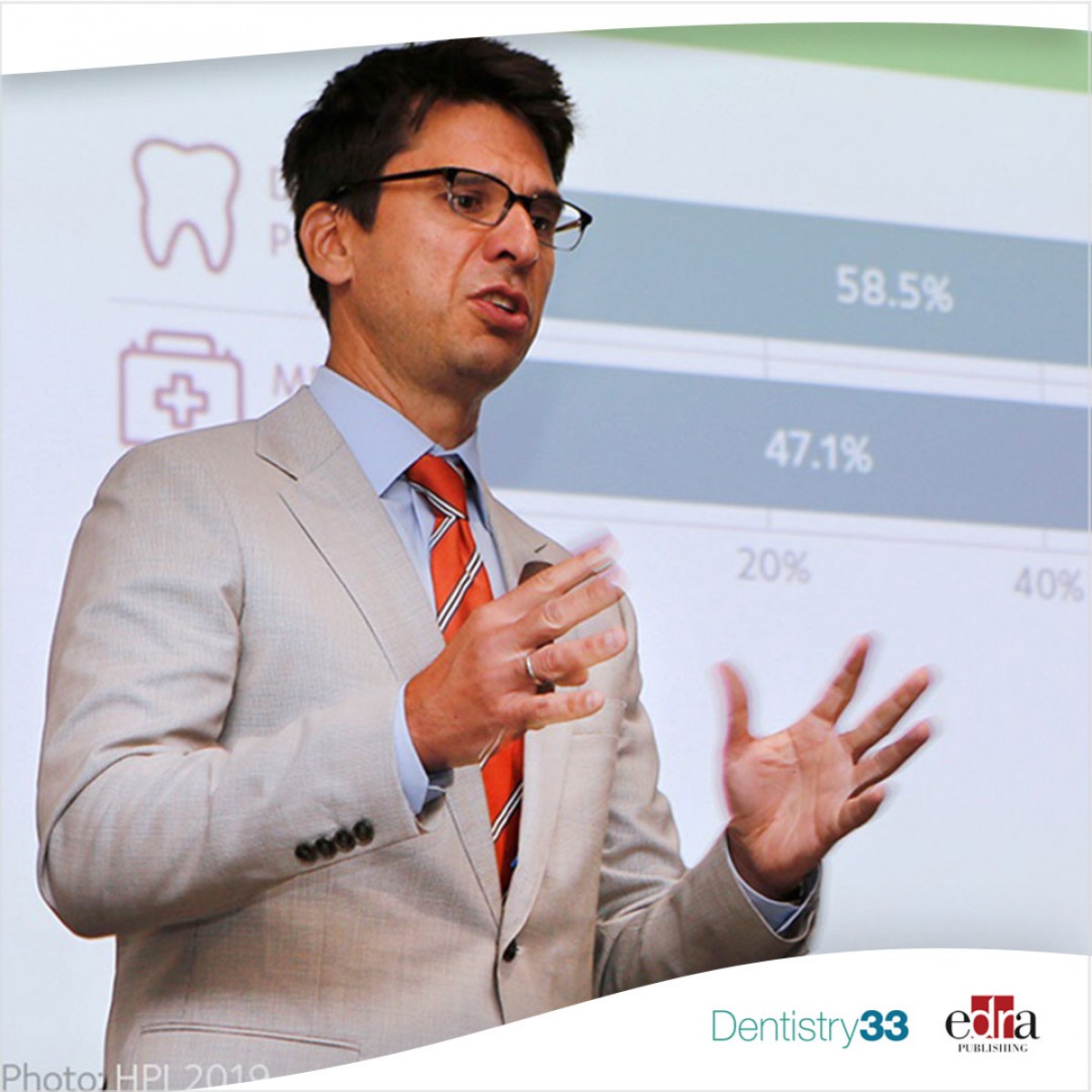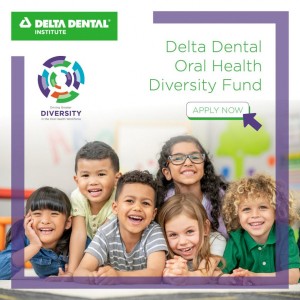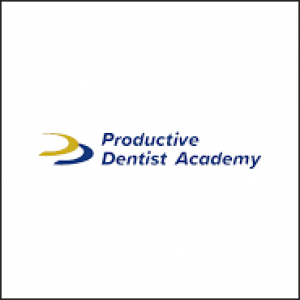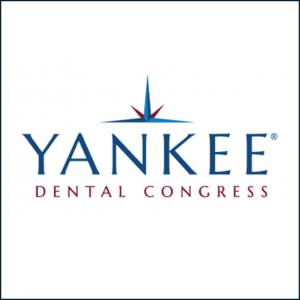
ADA economist at AAE: Staffing issues remain biggest challenge for dentists
Mary Guiden
Dental practice consolidation is accelerating, more fourth-year dental students are choosing to join Dental Service Organizations (DSOs) and the number of dentists who choose to specialize in endodontics remains relatively stable.
These were some of the highlights presented by Marko Vujicic, chief economist and vice president of the American Dental Association’s Health Policy Institute (HPI), at the recent American Association of Endodontists Annual Meeting in Chicago. Prior to joining the ADA in 2011, he was a senior economist with The World Bank in Washington D.C. and served as a health economist with the World Health Organization in Geneva, Switzerland.
In the AAE session, Vujicic provided an overview of the demographics of tomorrow’s dentist workforce, with endodontists in the audience providing specific insight about their own practices and trends. The HPI conducts monthly surveys with dentists from across the U.S.
Dr. Sara Barsness, DDS, and an endodontist with The Dental Specialists in Minnesota, served as a moderator.
The economist said recent research from the HPI found that dentists, including specialists, are confident about the economy, but the data also shows a bit of a holding pattern.
Vujicic said that dentists have been through a lot, with the pandemic, a subsequent recovery and lots of pent-up demand for dental services.
“We’re now a bit stabilized, patient volume is stable and it’s not growing much,” he said. “Two-thirds of dentists are confident about their own practice’s economic success. It’s been that way for the better part of a year.”
When asked about the economy overall, Vujicic said he and his team see much more pessimism.
“The American consumer is stubbornly optimistic,” he said. “Despite all we hear about a looming recession, we’re not there.”
Earnings, workforce challenges
Vujicic said that in April, his team noted that patient wait times have increased slightly. Earnings have been stable and are not rising, he added.
Dentists said the biggest challenge remains staffing issues, including recruiting staff. During the session, he asked attendees if they agreed, and most clinicians in the room raised their hands.
Vujicic said the dental field lost about three percent of the dental assistant workforce due to the pandemic. This is a permanent loss, he said, and those assistants have moved on to other jobs or careers. At the same time, the ADA has seen a big drop in enrollment in hygiene programs.
“We just recovered to pre-pandemic levels,” he said. “But we need more hygiene programs in the U.S. Until we get that, we’re not going to replace the people who left.
Enrollment in dental assistant programs was already trending downward pre-pandemic.
Vujicic said that some states are exploring scope of practice changes to alleviate hygienist shortages. “This is a major problem, and we don’t have an overnight solution,” he said.
Benefits a draw for assistants, hygienists
Nearly all dentists have raised wages. A lot of practices have been flexible with the number of hours worked.
Vujicic said his team’s research concluded that there are opportunities for employers to explore, including offering paid leave benefits like the Family and Medical Leave Act (FMLA), which includes maternity and paternity leave.
“Dentistry is still one of the last industries that doesn’t have universal FMLA-type benefits,” he said. And it’s one of the most highly ranked wishes from hygienists.
Among the other key points Vujicic presented:
- In 2021, the HPI found, for general dentists, that earnings had more than recovered compared to pre-pandemic. Dentists were saying, “I was busier than ever,” and earnings reflected that. The HPI is currently analyzing 2022 earnings data.
- For endodontics, economic recovery has been much more tamped down. It has not exceeded the pre-pandemic levels. Audience members said this is because endodontists have a more specific patient base. Barsness said the decline in earnings with the pandemic was perhaps less severe.
The economist also presented a few major trends on the horizon of the dental care sector.
- Shifting practice models. Fewer dentists are in solo practice, more of them are in DSOs, including specialists.
- Intensified consumerism. The patient mentality is changing with the turnover of baby boomer patients. Millennials and Gen Z have different mindsets. Endodontists may not yet be seeing this trend due to the age range of patients. “But as the millennial becomes a 50-year-old or Gen Z becomes a 40-year-old, there are certain things in terms of buying behavior and expectations that are just different,” he said.
Vujicic said his team has seen steady increases in the size of the endodontist workforce, and that’s stabilized. The number of general dentists per endodontist has been falling slightly.
In terms of training, the HPI team has not seen big changes in the number of endodontics specialty programs in the U.S. In 2020, there were approximately 210 graduates in the U.S. from endo programs. Vujicic said there’s not been a lot of change in this realm over the last 15 years.
While we’ve seen huge increases in dental school enrollment, the specialty is seeing a flat line or more stability, he noted. Pediatric dentistry is growing as a specialty.
Dental practice trends
Practice consolidation is accelerating, the economist said. More dentists — and, specifically, orthodontists — are moving toward group models or corporate practices.
Audience members said this is due to staffing issues. One dentist said it could also be due to the Invisalign model. The acceleration of digital dentistry has led to increased consumer demand, and general dental practices are saying: ‘let’s get in on it.’
Another dentist said that DSOs have the biggest impact on practices that have the biggest cash flow.
More fourth-year dental students have said they’ll join a DSO after graduating.
Vujicic and his team have also seen differences in the age range of dentists. Twenty years ago, he said there were a lot of dentists in their mid- to late- 40s.
“Today, that doesn’t look the same at all,” he said. According to HPI data, today there is a large group of dentists around age 65 and a massive amount around age 35.
In endodontics, Vujicic said there is not the same generational divide. He and his team have found that there are a lot of endodontists in their 40s today, not many at age 65.
Audience members said this is due to endodontists’ success and choosing not to work into their 60s.
One audience member said his daughter is a dental student. Having worked in his practice, he said she “wants nothing to do with the hassles of being a manager” and dealing with insurance. He sold his practice last July and comes from a family with three generations of dentists.
Learn more about the HPI's recent surveys online.
 Related articles
Related articles
Products 21 April 2025
Today, the Delta Dental Institute reaffirmed its dedication to advancing the future of the oral health workforce with its announcement that applications are now being taken for the Delta Dental...
News 25 October 2024
Delta Dental Awards $980,000 to Initiatives Promoting Greater Diversity in the Oral Health Workforce
Today, as part of its Driving Greater Diversity in the Oral Health Workforce campaign, the Delta Dental Institute announced $980,000 in funding to the newest class of awardees of the Delta Dental...
News 21 March 2024
Today, on World Oral Health Day, the Delta Dental Institute continued its commitment to diversifying the oral health workforce and promoting health equity by announcing that its Oral Health Diversity...
Editorials 24 November 2023
New Hampshire’s scenic beauty stretches from the state’s rocky coastline to the majestic White Mountains, however behind its picturesque image is a less idyllic landscape for dental care.
Market 20 September 2023
By Kimber Solana
Dental schools are an integral factor in filling the shortage of dentists in the U.S. Several recently opened dental schools have cited the insufficient supply of dentists as a key reason why more...
 Read more
Read more
Oral pathology 24 October 2025
Isolation and characterization of dental pulp stem cells from a supernumerary tooth
Dental pulp stem cells (DPSCs) were primarily derived from the pulp tissues of primary incisors and permanent third molar teeth, whereas no report to our knowledge has yet been documented on deriving...
Editorials 24 October 2025
From mentoring workshops to leadership insights, the last week’s IU School of Dentistry (IUSD) fall faculty conference and staff retreat brought faculty and staff together respectively for two days...
Products 24 October 2025
At the American Academy of Periodontology’s Annual Meeting, Carestream Dental continues to deliver what’s next in dentistry with the launch of CS 3D.
News 24 October 2025
As dental professionals prepare to wrap up 2025, many are setting ambitious goals for the year ahead, yet few have a clear, actionable plan to achieve them.
News 24 October 2025
The Yankee Dental Congress will take place from January 29, 2026, through January 31, 2026, at the Thomas M. Menino Convention & Exhibition Center in Boston.















